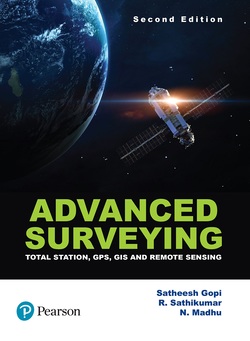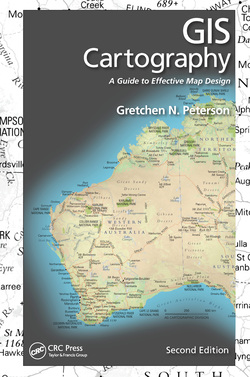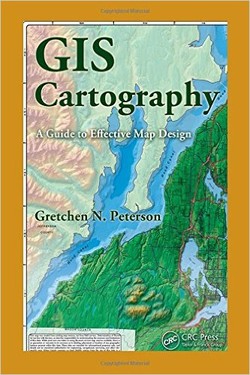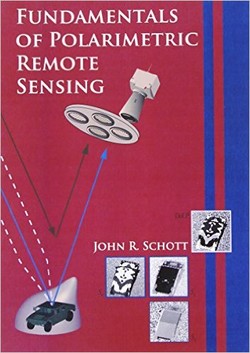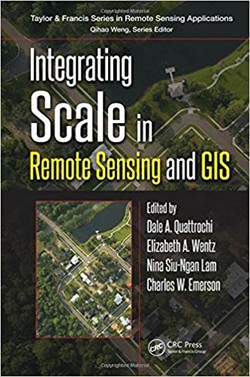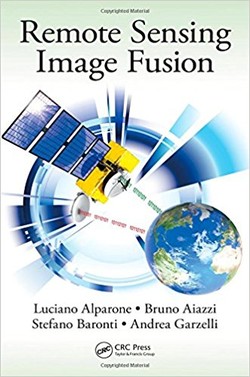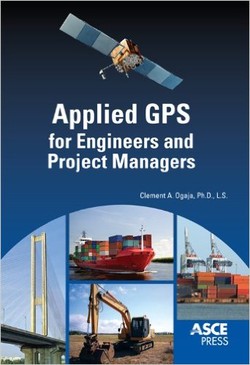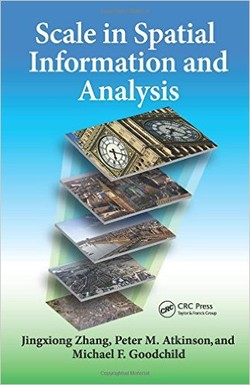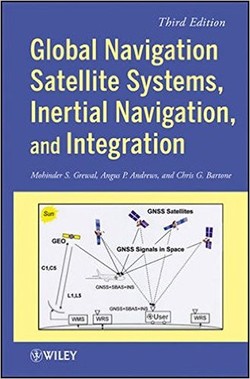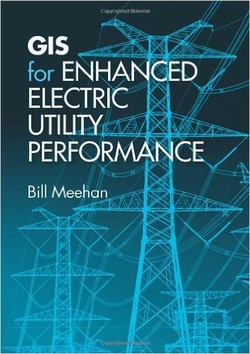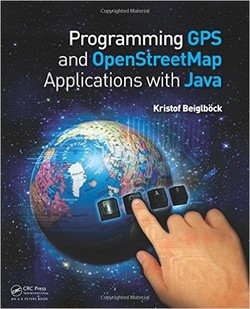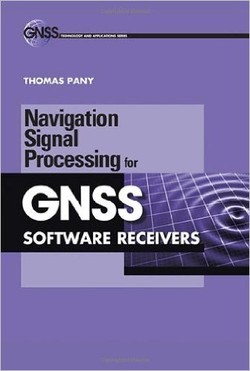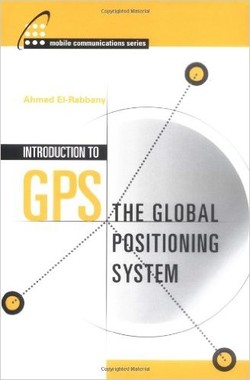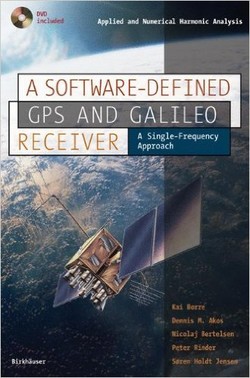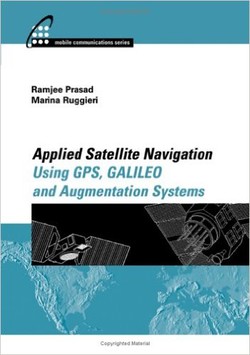نقشه برداری دقیق؛ اصول و عملکرد ژئوماتیک
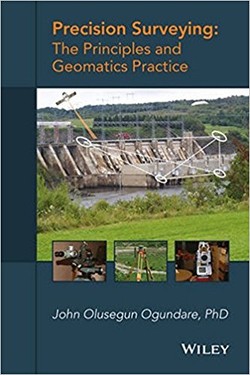
این کتاب تکنیکهای نقشهبرداری دقیق و پیشرفته، استفاده مناسب از آنها در پروژههای مهندسی و علوم زمین و اهمیت آنها در ارزیابی و تحلیل دقیق پروژههای نقشهبرداری را پوشش میدهد.
در فصلهای ابتدایی اصول دقیق نقشهبرداری، مانند انواع نقشهبرداری، مشاهدات نقشهبرداری، استانداردها و مشخصات و ارزیابی دقیق برای سیستمهای مختلف اندازهگیری موقعیت، زاویه و فاصله بررسی میشوند.
این کتاب، پیش از بحث در مورد موضوعات تخصصی مانند تکنیکهای نظارت بر تغییر شکل ساختاری و زمین و تحلیل آنها، نقشهبرداری معدن، نقشهبرداری تونلزنی و تنظیم برآوردها، طراحی و شبیهسازی شبکه و سیستمهای سهبعدی هماهنگ را نیز تحت پوشش قرار میدهد. “نقشهبرداری دقیق” برای دانشجویان کارشناسی ارشد در رشتههای نقشهبرداری و ژئوماتیک نوشته شده است. همچنین منبعی برای محققان ژئوماتیک، توسعهدهندگان نرمافزار ژئوماتیک، نقشهبرداران فعال و مهندسان علاقهمند به این رشته محسوب میشود.
در فصلهای ابتدایی اصول دقیق نقشهبرداری، مانند انواع نقشهبرداری، مشاهدات نقشهبرداری، استانداردها و مشخصات و ارزیابی دقیق برای سیستمهای مختلف اندازهگیری موقعیت، زاویه و فاصله بررسی میشوند.
این کتاب، پیش از بحث در مورد موضوعات تخصصی مانند تکنیکهای نظارت بر تغییر شکل ساختاری و زمین و تحلیل آنها، نقشهبرداری معدن، نقشهبرداری تونلزنی و تنظیم برآوردها، طراحی و شبیهسازی شبکه و سیستمهای سهبعدی هماهنگ را نیز تحت پوشش قرار میدهد. “نقشهبرداری دقیق” برای دانشجویان کارشناسی ارشد در رشتههای نقشهبرداری و ژئوماتیک نوشته شده است. همچنین منبعی برای محققان ژئوماتیک، توسعهدهندگان نرمافزار ژئوماتیک، نقشهبرداران فعال و مهندسان علاقهمند به این رشته محسوب میشود.
سال انتشار: 2015 | 648 صفحه | حجم فایل: 16 مگابایت | زبان: انگلیسی
Precision Surveying: The Principles and Geomatics Practice
نویسنده
John Olusegun Ogundare
ناشر
Wiley
ISBN10:
1119102510
ISBN13:
9781119102519
قیمت: 16000 تومان
برچسبها:
A comprehensive overview of high precision surveying, including recent developments in geomatics and their applications
This book covers advanced precision surveying techniques, their proper use in engineering and geoscience projects, and their importance in the detailed analysis and evaluation of surveying projects. The early chapters review the fundamentals of precision surveying: the types of surveys; survey observations; standards and specifications; and accuracy assessments for angle, distance and position difference measurement systems. The book also covers network design and 3-D coordinating systems before discussing specialized topics such as structural and ground deformation monitoring techniques and analysis, mining surveys, tunneling surveys, and alignment surveys.
Precision Surveying: The Principles and Geomatics Practice:
Covers structural and ground deformation monitoring analysis, advanced techniques in mining and tunneling surveys, and high precision alignment of engineering structures
Discusses the standards and specifications available for geomatics projects, including their representations, interpretations, relationships with quality assurance/quality control measures, and their use in geomatics projects
Describes network design and simulation, including error analysis and budgeting
Explains the main properties of high-precision surveys with regard to basic survey procedures and different traditional measurement techniques
Analyzes survey observables such as angle, distance, elevation difference and coordinate difference measurements, and the relevant equipment, including the testing and utilization of the equipment
Provides several case studies and real world examples
Precision Surveying: The Principles and Geomatics Practice is written for upper undergraduate students and graduate students in the fields of surveying and geomatics. This textbook is also a resource for geomatics researchers, geomatics software developers, and practicing surveyors and engineers interested in precision surveys.
